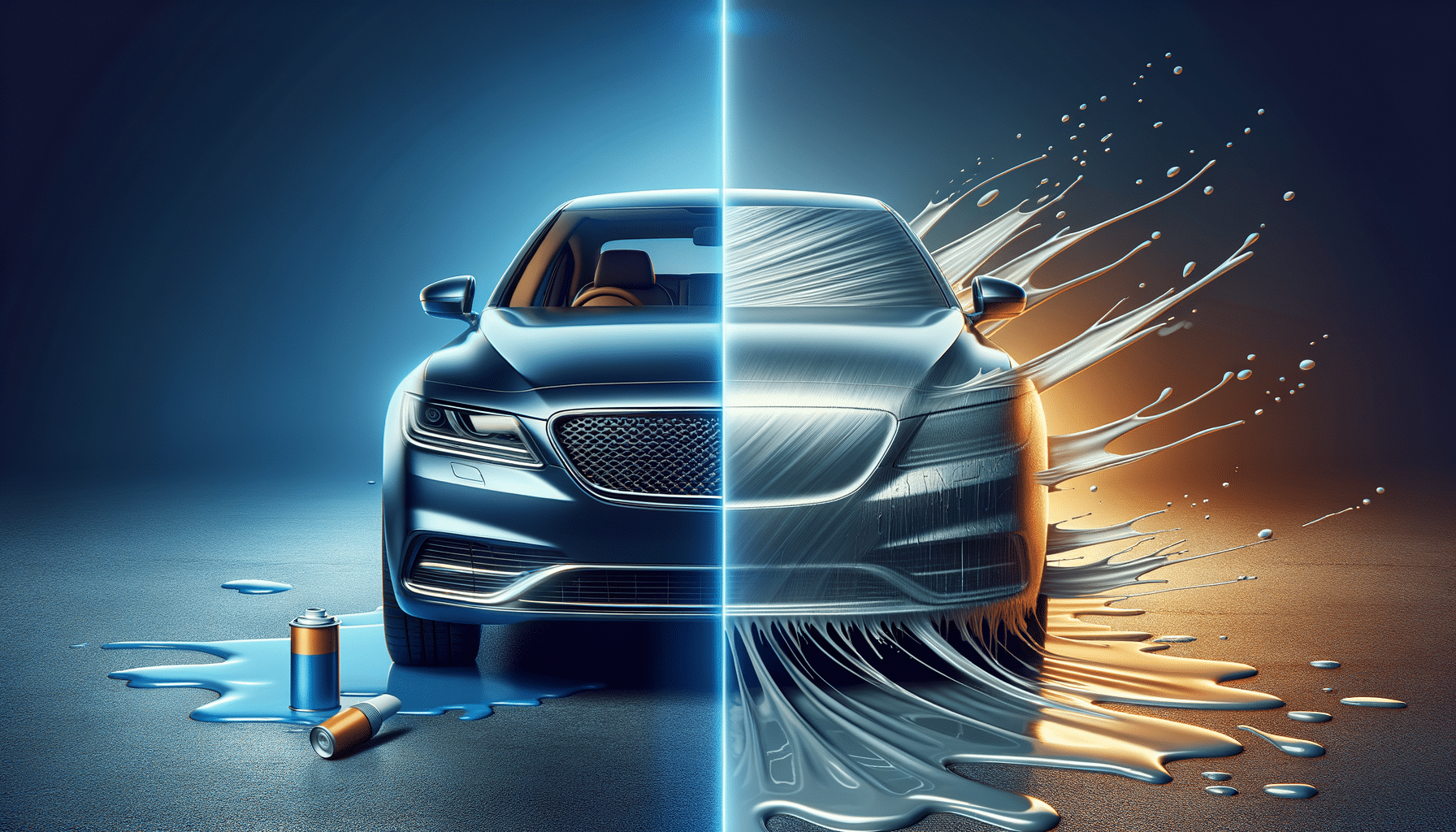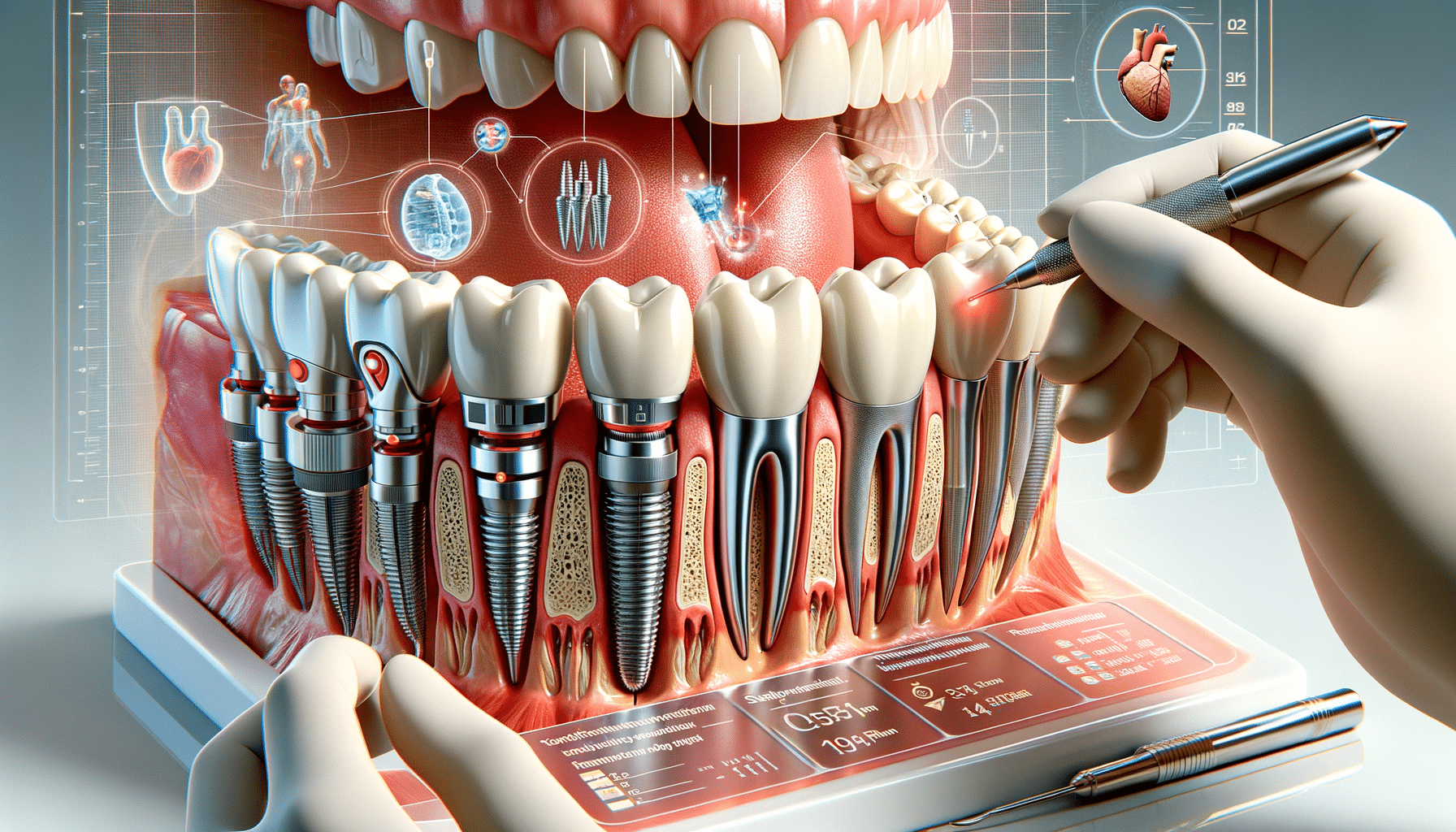
Paint Protection Film (PPF): Everything You Need to Know
Introduction to Paint Protection Film
Paint Protection Film (PPF) is a transparent, thin layer of polymer that acts as a shield for your vehicle’s paint. Originally developed for military use, PPF has become increasingly popular in the automotive industry due to its ability to preserve the exterior finish of vehicles. This film is designed to protect against scratches, rock chips, and other minor abrasions that can occur during everyday driving. Its application not only maintains the aesthetic appeal of a vehicle but also helps retain its resale value. As car enthusiasts and everyday drivers seek ways to protect their investments, PPF stands out as a practical solution. This article delves into the various aspects of PPF, highlighting its benefits and potential drawbacks.
How Paint Protection Film Works
The effectiveness of Paint Protection Film lies in its composition and application. Made from a thermoplastic urethane material, PPF is both flexible and durable. This allows it to conform to the curves and contours of a vehicle, providing seamless protection. The film is typically applied to high-impact areas such as the hood, fenders, side mirrors, and bumpers. Its self-healing properties are a standout feature; minor scratches and swirls disappear over time as the film’s surface reacts to heat. The installation process requires precision and expertise, often involving a professional to ensure a bubble-free finish. Once applied, PPF acts as an invisible shield, safeguarding the paint from environmental hazards such as UV rays, bird droppings, and road debris.
Pros of Paint Protection Film
There are several advantages to using Paint Protection Film on your vehicle:
- Durability: PPF is known for its robust nature, capable of withstanding the rigors of daily driving.
- Self-healing: The film can repair minor scratches on its own, maintaining a pristine appearance.
- UV Resistance: It offers protection against harmful UV rays, preventing paint from fading.
- Preservation of Resale Value: By keeping the paint in excellent condition, PPF helps maintain the vehicle’s market value.
- Customizable Coverage: PPF can be tailored to cover specific parts or the entire vehicle, depending on the owner’s preference.
These benefits make PPF a valuable investment for those looking to extend the life and look of their car’s exterior.
Cons of Paint Protection Film
While Paint Protection Film offers numerous benefits, there are some drawbacks to consider:
- Cost: The initial investment for PPF can be quite high, especially for full vehicle coverage.
- Professional Installation Required: To achieve optimal results, professional installation is often necessary, adding to the cost.
- Potential for Yellowing: Over time, lower-quality films may yellow, particularly if exposed to harsh sunlight.
- Limited Lifespan: Although durable, PPF does not last indefinitely and may need replacement after several years.
- Removal Challenges: Improper removal can damage the underlying paint, necessitating professional intervention.
These considerations are important for potential users to weigh against the benefits to determine if PPF is the right choice for their vehicle.
Conclusion: Is Paint Protection Film Right for You?
Paint Protection Film offers a compelling solution for those seeking to preserve the visual appeal and longevity of their vehicle’s paintwork. Its ability to shield against everyday hazards makes it particularly attractive to car enthusiasts and those who frequently drive in challenging environments. However, the decision to invest in PPF should be made after considering both its advantages and potential drawbacks. For those willing to bear the initial cost and seek professional installation, PPF can provide peace of mind and long-lasting protection. Ultimately, whether Paint Protection Film is the right choice depends on individual priorities and the level of protection desired for their vehicle.


